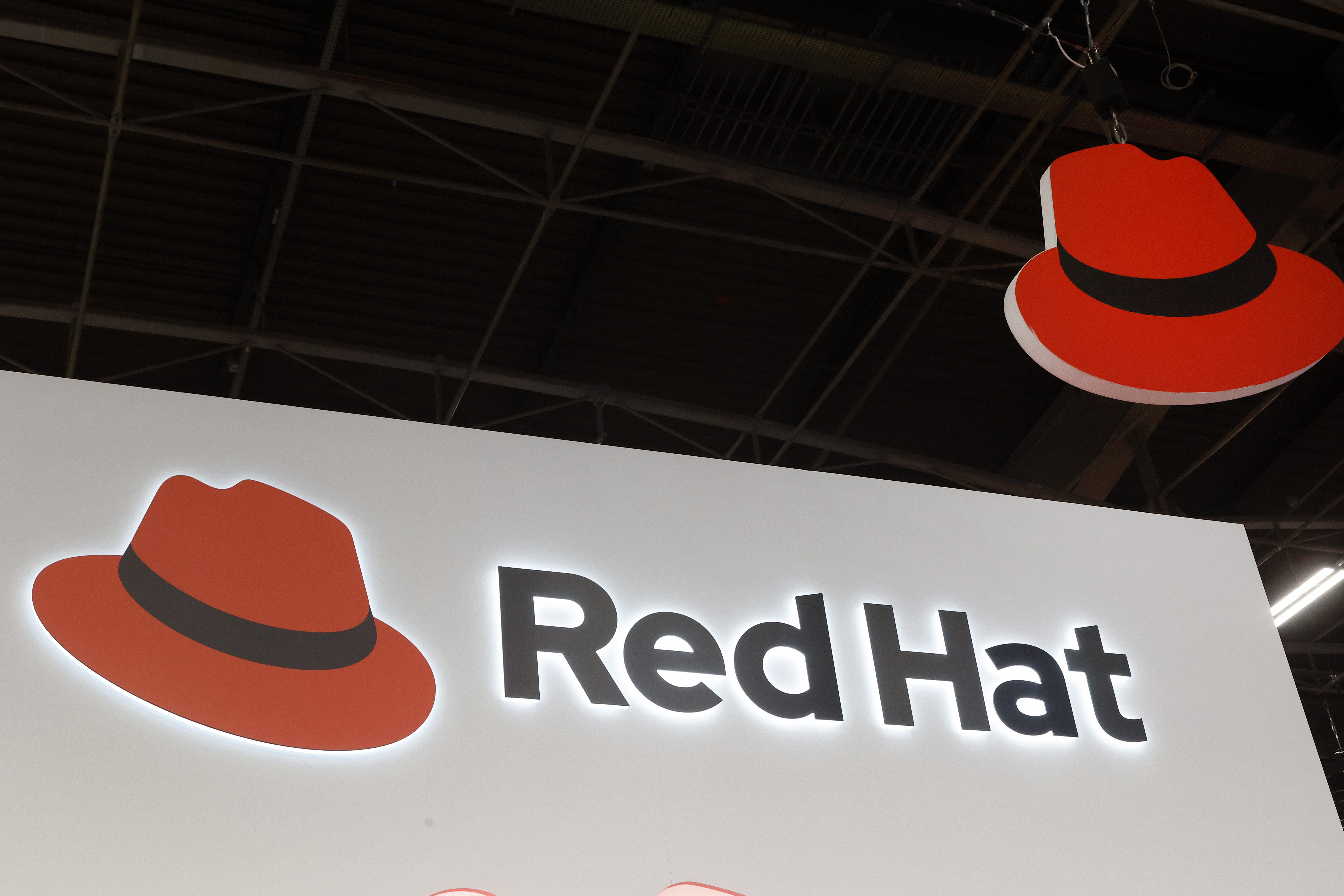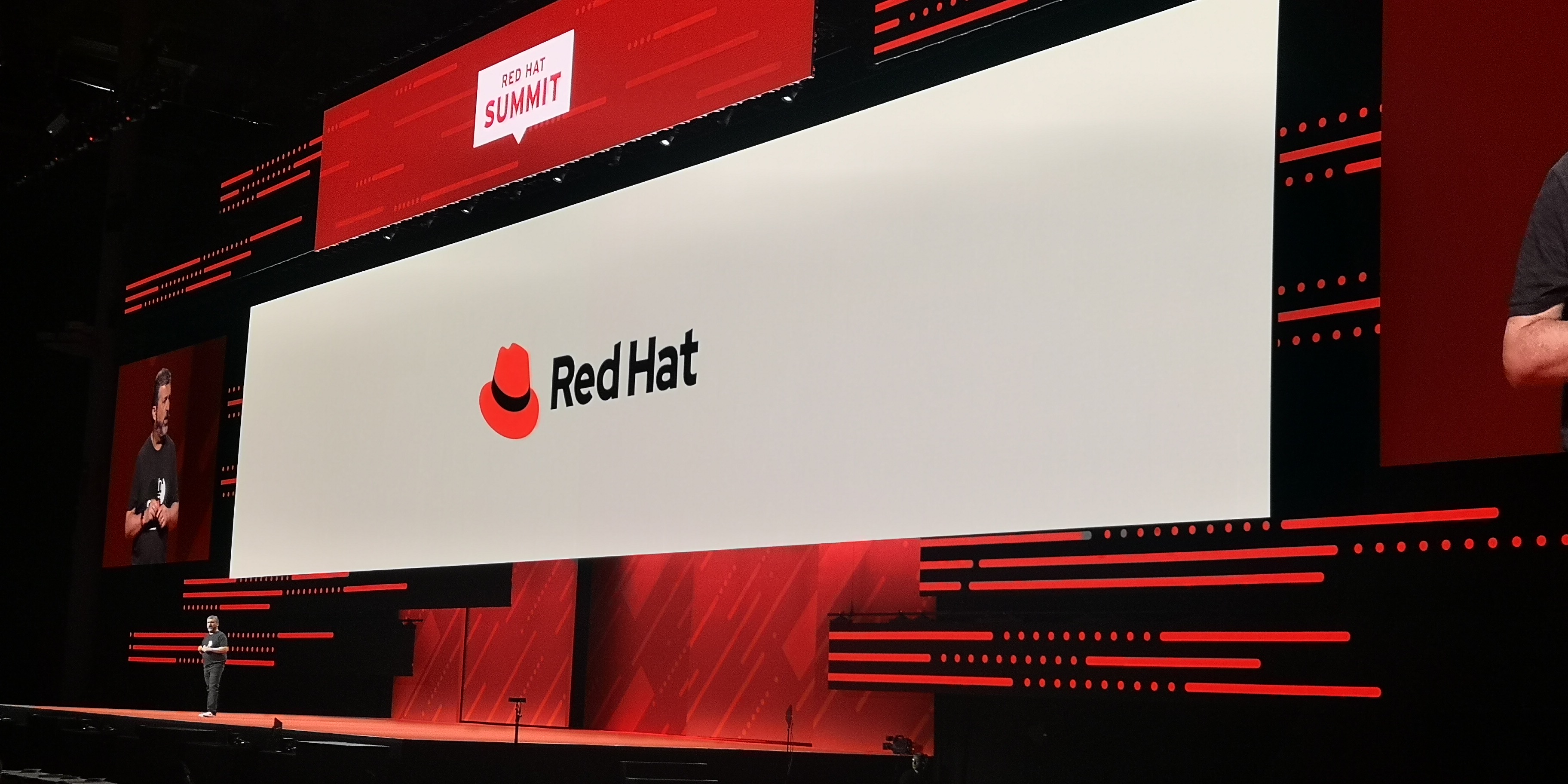IT leaders need to accept they’ll never escape technical debt, but that doesn’t mean they should down tools
Organizations contending with technical debt are struggling to deliver digital transformation projects, according to Red Hat research, but what can be done about it?


Technical debt has been, and will continue to be, a significant hurdle for IT leaders pursuing digital transformation, according to a senior figure at Red Hat.
Gordon Haff, technology evangelist at the IBM-backed open source giant, told ITPro that key hurdles to digital transformation, which aren’t limited solely to technical debt and include overhauling manual processes and skills shortages, will remain an acute challenge for IT leaders in 2024 and beyond.
Haff’s comments follow the publication of Red Hat’s annual Global Customer Tech Trends report, which found more than a quarter (28%) of European companies believe digitization efforts are being scuppered by the issue.
While barriers to digital transformation have remained “relatively consistent” in recent years, organizations are consistently failing to overcome these challenges, the study noted, begging the question of how IT leaders can begin accelerating their digital goals.

Fundamentally, Haff believes that digital transformation and overcoming technical debt is a cyclical process that can’t be avoided. Once one project is finished or one aspect of their IT architecture is modernized, teams naturally begin preparing and building on top of existing technologies.
“There’s always going to be technical debt,” he told ITPro. “You’re never going to have enough hands to do all the work that’s going to be required. There’s always going to be integration issues.
“At some level, it’s almost a moving of the goal posts type of thing. These are always going to be issues, you’re never going to solve them, at least with large companies.”
Get the ITPro daily newsletter
Sign up today and you will receive a free copy of our Future Focus 2025 report - the leading guidance on AI, cybersecurity and other IT challenges as per 700+ senior executives
Haff pointed toward application modernization as a prime example of this rinse and repeat trend. Many enterprises, he said, deliberately choose to not tinker with certain applications due to the fact they still worked nominally.
Fast forward several years later, these applications are overhauled and modernized, then are left to their own devices - to some extent - and reassessed during the next transformation cycle.
“If you go back 10 years, we had this sort of bimodal IT, or fast-slow IT, that was kind of the thing,” he explained. “The idea was 'we’ll leave that old stuff, we’ll shove that off into the corner and not worry about it' and the cool kids can work on all this greenfield, often new customer-facing applications.
“But by and large, it’s then a case of ‘oh we actually need to deal with this core business stuff’ and these older applications.”
Technical debt will always be there, but there are things that can be done
Rather than downing tools and accepting their fate, Haff noted that “there are things you can do to make things better”.
The report noted that while automation “is not a panacea to deal with having too much work and too few hands”, it represents a powerful tool to help reduce workloads and improve quality and consistency.
More than one-third (36%) of respondents told Red Hat they are prioritizing funding for both security automation and cloud services automation over the next 12 months.
“You can do things like getting your data in order with data modernization,” Haff said. “You can do things like automation, and those can certainly help with those kinds of problems.”

However, if, for example, an organization successfully implements automation across aspects of its IT infrastructure, Haff noted that the bar is once again raised for teams and it’s onto the next project.
“Then the goalposts move and you have another set of things to do,” he said.
For some IT leaders, this can be demoralizing. But Haff urged enterprises to avoid approaching transformation efforts with a “one and done” mindset. It’s a continuous learning process and a battle against the tides.
RELATED WHITEPAPER

“With another survey we’re working on, one of the things we’ve found is that there are some companies where application modernization is not a ‘one and done’ thing. It’s something that you continuously do,” he said.
“There’s always more work to be done. You’re never at the point where you go ‘we don’t need an IT staff anymore’ - is something we need to keep working at. It’s never going to be good enough.”
Haff has witnessed this first-hand at Red Hat during the 14 years he’s been with the company, underlining the fact that even solutions providers in this sense aren’t immune from the laborious process of continuous change.
“I see this internally at Red Hat, frankly. We’ve made such big internal changes since I joined 14 years ago,” he explained. “We’ve now got single sign-on (SSO) for all of our applications, we’ve just had a big modernization of our sales enablement and sales learning systems and tracking systems.”
“Those are great, and I think there’s a certain level of ‘let’s declare a success in this area’ - but we still have a big IT department, we still have tons of work we can do.”

Ross Kelly is ITPro's News & Analysis Editor, responsible for leading the brand's news output and in-depth reporting on the latest stories from across the business technology landscape. Ross was previously a Staff Writer, during which time he developed a keen interest in cyber security, business leadership, and emerging technologies.
He graduated from Edinburgh Napier University in 2016 with a BA (Hons) in Journalism, and joined ITPro in 2022 after four years working in technology conference research.
For news pitches, you can contact Ross at ross.kelly@futurenet.com, or on Twitter and LinkedIn.
-
 Bigger salaries, more burnout: Is the CISO role in crisis?
Bigger salaries, more burnout: Is the CISO role in crisis?In-depth CISOs are more stressed than ever before – but why is this and what can be done?
By Kate O'Flaherty Published
-
 Cheap cyber crime kits can be bought on the dark web for less than $25
Cheap cyber crime kits can be bought on the dark web for less than $25News Research from NordVPN shows phishing kits are now widely available on the dark web and via messaging apps like Telegram, and are often selling for less than $25.
By Emma Woollacott Published
-
 CI/CD comes into focus as enterprises ramp up application modernization efforts
CI/CD comes into focus as enterprises ramp up application modernization effortsNews A greater emphasis is being placed on CI/CD pipelines among enterprises updating legacy applications and infrastructure
By George Fitzmaurice Published
-
 Red Hat partner program shake up aims to “prioritize the ecosystem” and supercharge collaboration
Red Hat partner program shake up aims to “prioritize the ecosystem” and supercharge collaborationNews Red Hat is sending a “clear message” to partners with the launch of a new program framework
By Daniel Todd Published
-
 How cloud-native agility helped DNEG level up its award-winning VFX
How cloud-native agility helped DNEG level up its award-winning VFXCase study Through Red Hat OpenShift’s cloud-native approach, renowned VFX innovator DNEG slashed its update times
By Rene Millman Published
-
 Red Hat: AI skills gap now a leading threat to enterprise innovation
Red Hat: AI skills gap now a leading threat to enterprise innovationNews IT managers in the UK are concerned the AI skills gap will hold their businesses back
By Solomon Klappholz Published
-
 Red Hat: Enterprise IT automation being undermined by a reluctant workforce
Red Hat: Enterprise IT automation being undermined by a reluctant workforceNews UK firms are also outpacing European counterparts in their shift to IT automation
By Ross Kelly Published
-
 Red Hat appoints IBM executive Andrew Brown as chief revenue officer
Red Hat appoints IBM executive Andrew Brown as chief revenue officerNews Software industry veteran will replace outgoing CRO Larry Stack, who will join IBM as a senior advisor
By Daniel Todd Published
-
 IBM, Red Hat and Cobuilder reconnect fragmented supply chains
IBM, Red Hat and Cobuilder reconnect fragmented supply chainsNews New solution enables construction companies to build intelligent and sustainable workflows
By Praharsha Anand Published
-
 Red Hat closes purchase of multi-cloud container security firm StackRox
Red Hat closes purchase of multi-cloud container security firm StackRoxNews Linux firm bolsters security capabilities missing from its OpenShift Kubernetes platform
By Rene Millman Published